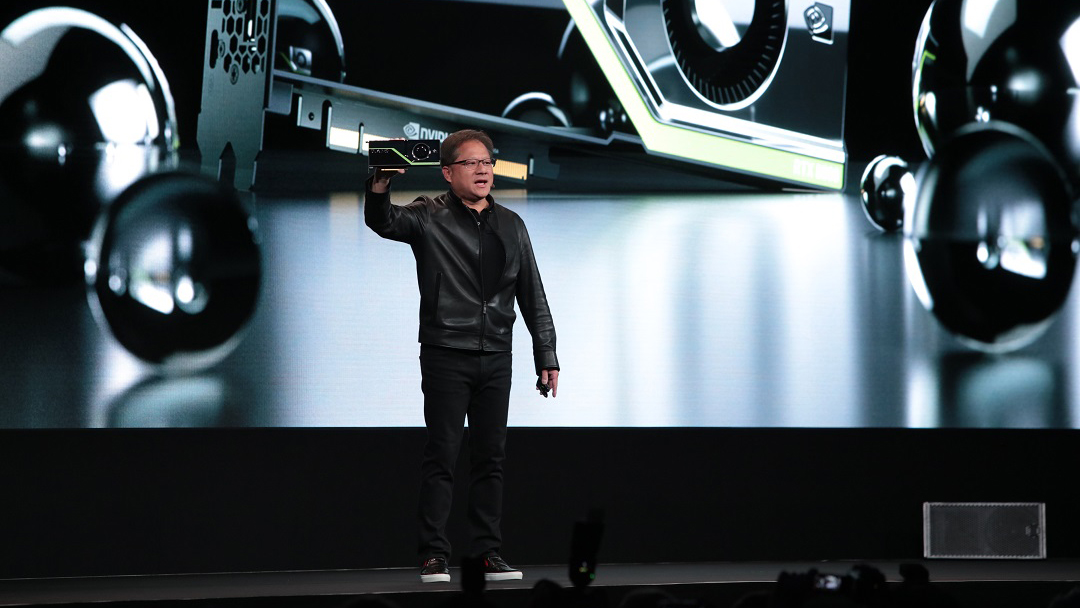
Nvidia’s long-rumored Turing GPU architecture for next-generation graphics cards is finally official, and it’s more than we could have hoped for.
Turing incorporates a number of new features and technologies, chief among them are new RT Cores that power real-time ray tracing. These specialized cores essentially compute how light and sound travel in a 3D environment at a rate of up to 10 GigaRays.
That might sound like a made up unit of measuring performance, but Nvidia claims Turing can process real-time ray tracing 25-times faster than the previous Pascal architecture. The technology firm also noted that its GPU nodes can outperform CPU nodes by 30 times when used for final-frame rendering for film effects.
On top of this specialized ray tracing technology, Nvidia has also integrated the Tensor Cores seen in Volta to inject artificial intelligence into this GPU architecture. These Tensor Cores will essentially deliver up to 500 trillion tensor operations a second and accelerate deep learning training and inferencing.
AI will in turn help power new rendering methods such as deep learning anti-aliasing, which promises a high-quality image rendering complete with de-noising, resolution scaling and video re-timing.

A bold new world for graphics
Nvidia Turing will combine both its RT Cores and Tensor Cores to usher in a new form of hybrid rendering that includes both simulation and enhanced rasterization. Team Green announced this technology will first power media production in the visual effects industry to create cinematic-quality interactive experiences.
To that end, Nvidia also introduced three new Quadro RTX graphics cards featuring up to 48GB of GDDR6 memory, 4,608 CUDA Cores and 576 Tensor Cores built upon the Turing architecture.
Get daily insight, inspiration and deals in your inbox
Sign up for breaking news, reviews, opinion, top tech deals, and more.

Although Nvidia made no mention of Turing-based GeForce graphics cards, this is the clearest picture thus far of what they could end up looking like. We’re almost certain that we’ll see the Nvidia GeForce RTX 2080 or Nvidia GeForce GTX 1180 by the end of the month.
- Never heard of ray tracing? We’ve got just introductory guide you’re looking for
Kevin Lee was a former computing reporter at TechRadar. Kevin is now the SEO Updates Editor at IGN based in New York. He handles all of the best of tech buying guides while also dipping his hand in the entertainment and games evergreen content. Kevin has over eight years of experience in the tech and games publications with previous bylines at Polygon, PC World, and more. Outside of work, Kevin is major movie buff of cult and bad films. He also regularly plays flight & space sim and racing games. IRL he's a fan of archery, axe throwing, and board games.
